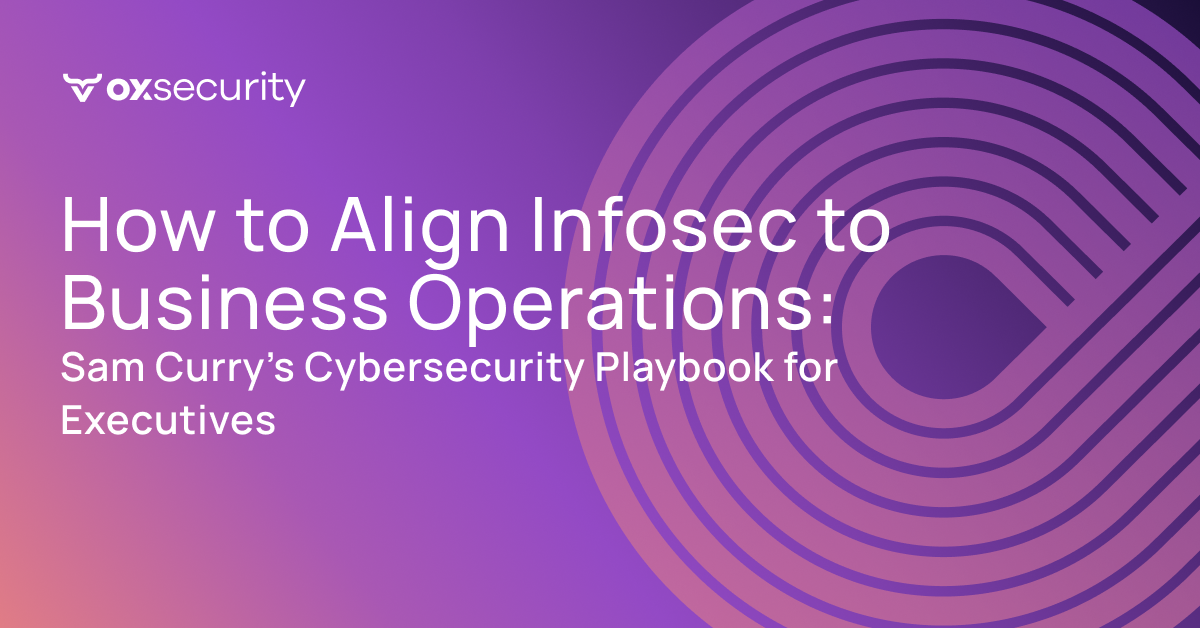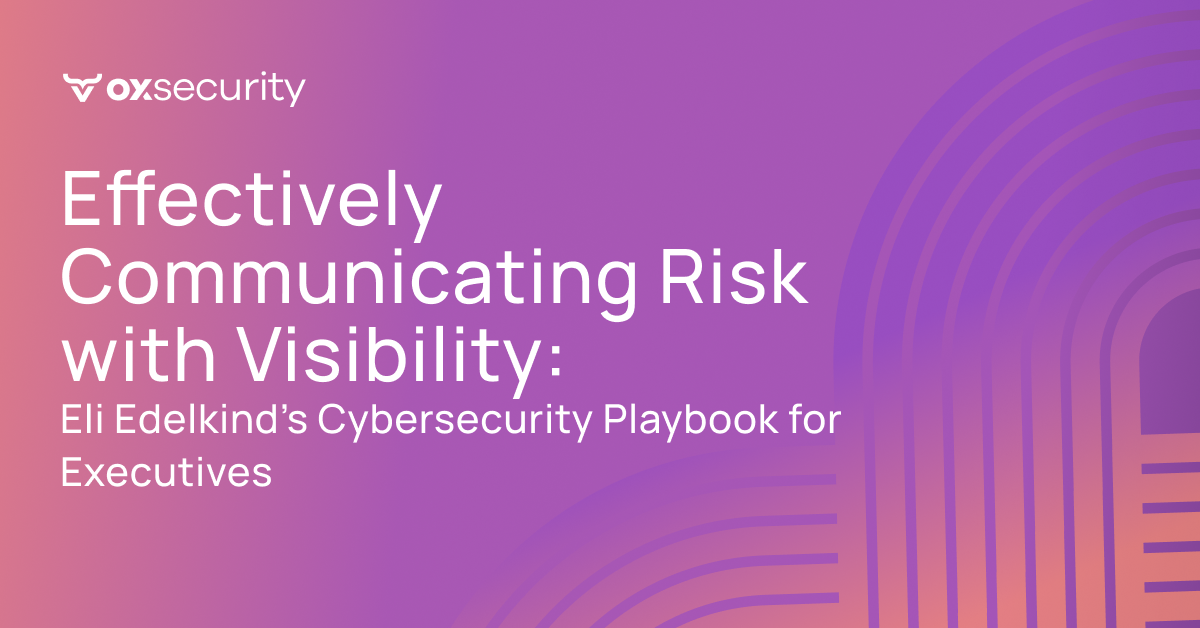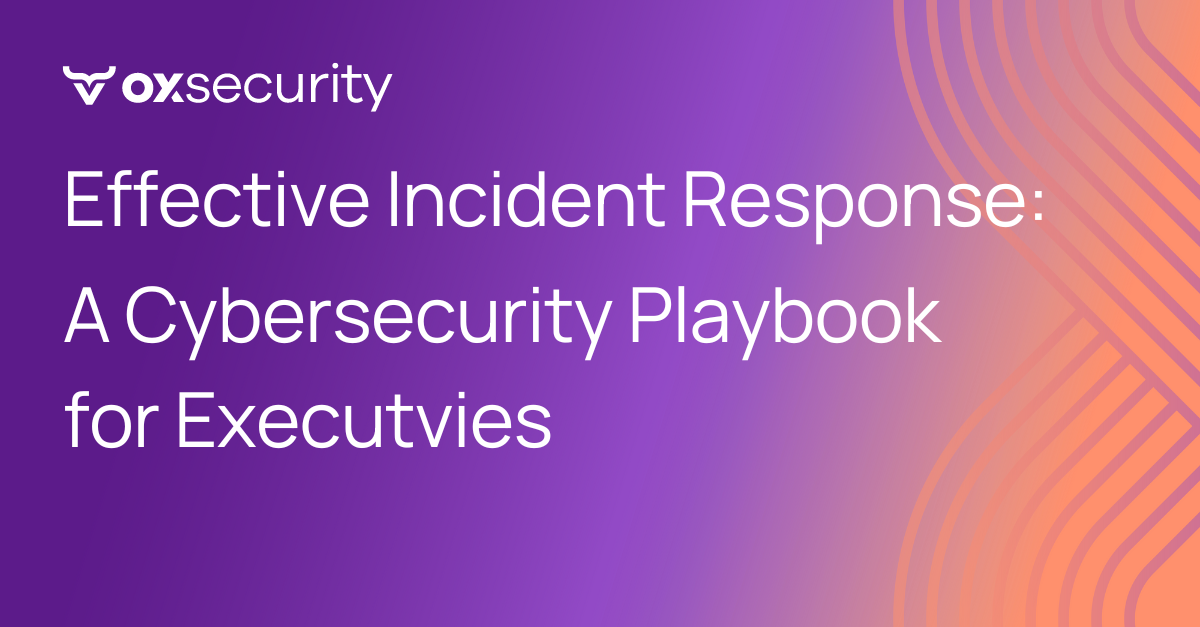This cybersecurity playbook is inspired by Sam Curry’s insights on the crucial role of building relationships in cybersecurity to affect change in information security and the business.
He recently shared his recommendations on cyberOXtales Podcast, highlighting the significance of trust, alignment, and intimacy in fostering effective relationships within and outside the cybersecurity team.
The Playbook
Objective:
💡 The objective of this playbook is to guide cybersecurity professionals in enhancing their relationship-building skills to become trusted partners within their organizations. By focusing on credibility, reliability, alignment, and intimacy, individuals can elevate their impact and influence within the cybersecurity domain.
Key goals include:
- Establish credibility and expertise within the cybersecurity domain.
- Improve reliability by consistently delivering on commitments.
- Foster alignment with business counterparts to achieve common goals.
- Cultivate intimacy by building strong, trusted relationships with peers and stakeholders.
Step 1: Self-Assessment and Reflection
☐ Reflect on your current relationship-building practices.
☐ Identify areas of strength and areas that need improvement.
☐ Understand personal motivations and potential barriers to change.
Step 2: Embrace the Trust Equation
☐ Familiarize yourself with the trust equation – credibility, reliability, intimacy, and alignment.
☐ Evaluate how these factors apply to your interactions and relationships.
☐ Work on enhancing each element to build trust and credibility.
Step 3: Prioritize Relationship Building
☐ Focus on developing strong relationships with peers, superiors, and stakeholders.
☐ Engage in regular communication and seek opportunities to collaborate.
☐ Demonstrate a genuine interest in understanding others’ perspectives and needs.
Step 4: Initiate Conversations and Engagements
☐ Reach out to key stakeholders, including the CIO, CFO, and general counsel.
☐ Initiate discussions on cybersecurity issues, risks, and mitigation strategies.
☐ Seek their input and advice on cybersecurity matters within the organization.
Step 5: Practice Active Listening and Empathy
☐ Listen attentively to concerns and feedback from colleagues.
☐ Show empathy and understanding in your interactions.
☐ Acknowledge diverse viewpoints and incorporate feedback into your approach.
Step 6: Participate in Cross-Functional Initiatives
☐ Engage in cross-functional projects and initiatives to build collaborative relationships.
☐ Contribute cybersecurity expertise while aligning with business objectives.
☐ Demonstrate the value of cybersecurity in enabling rather than hindering business operations.
Step 7: Seek Mentorship and Guidance
☐ Connect with experienced professionals or mentors for guidance on relationship-building.
☐ Learn from their insights and experiences in navigating complex organizational dynamics.
☐ Leverage mentorship to refine your approaches and strategies for building strong relationships.
Step 8: Continuous Evaluation and Adjustment
☐ Regularly evaluate the effectiveness of your relationship-building efforts.
☐ Solicit feedback from peers and stakeholders on your communication and interactions.
☐ Adapt and refine your approach based on feedback and outcomes.






)


